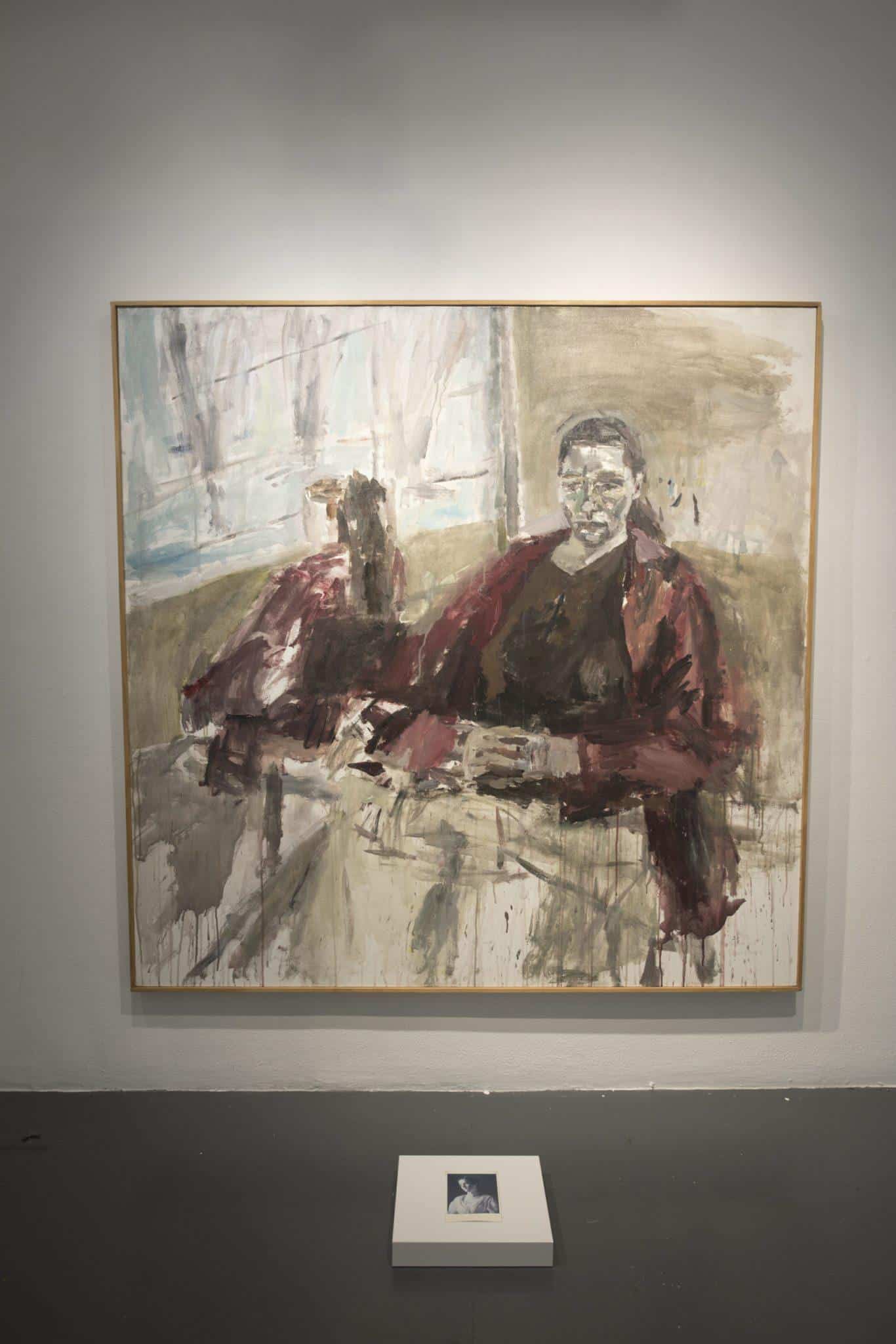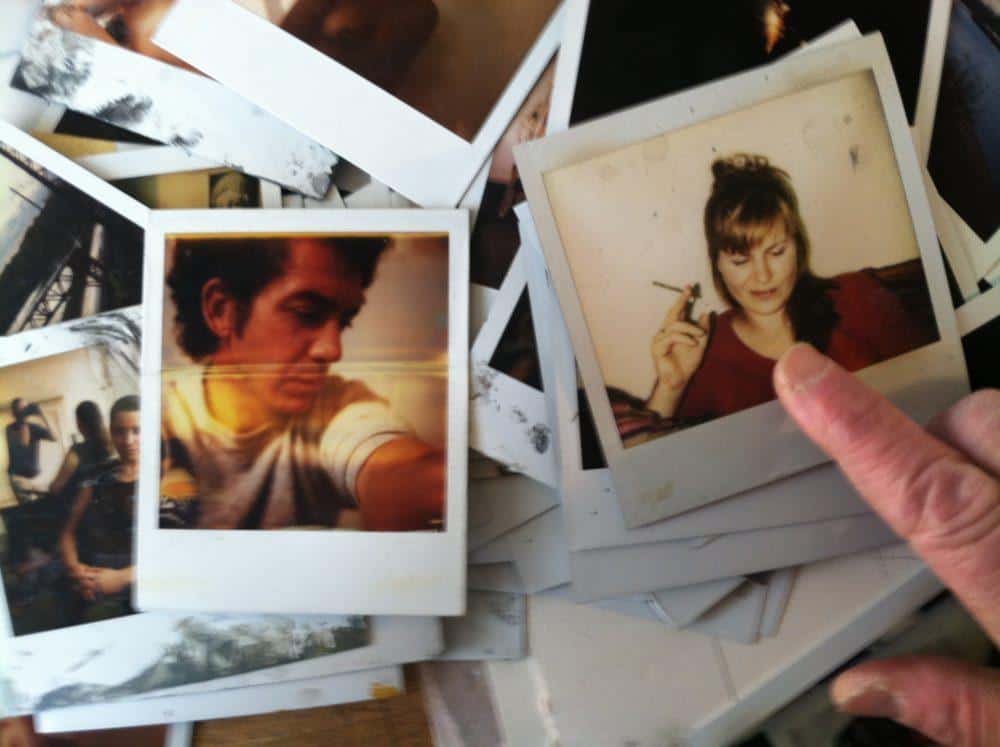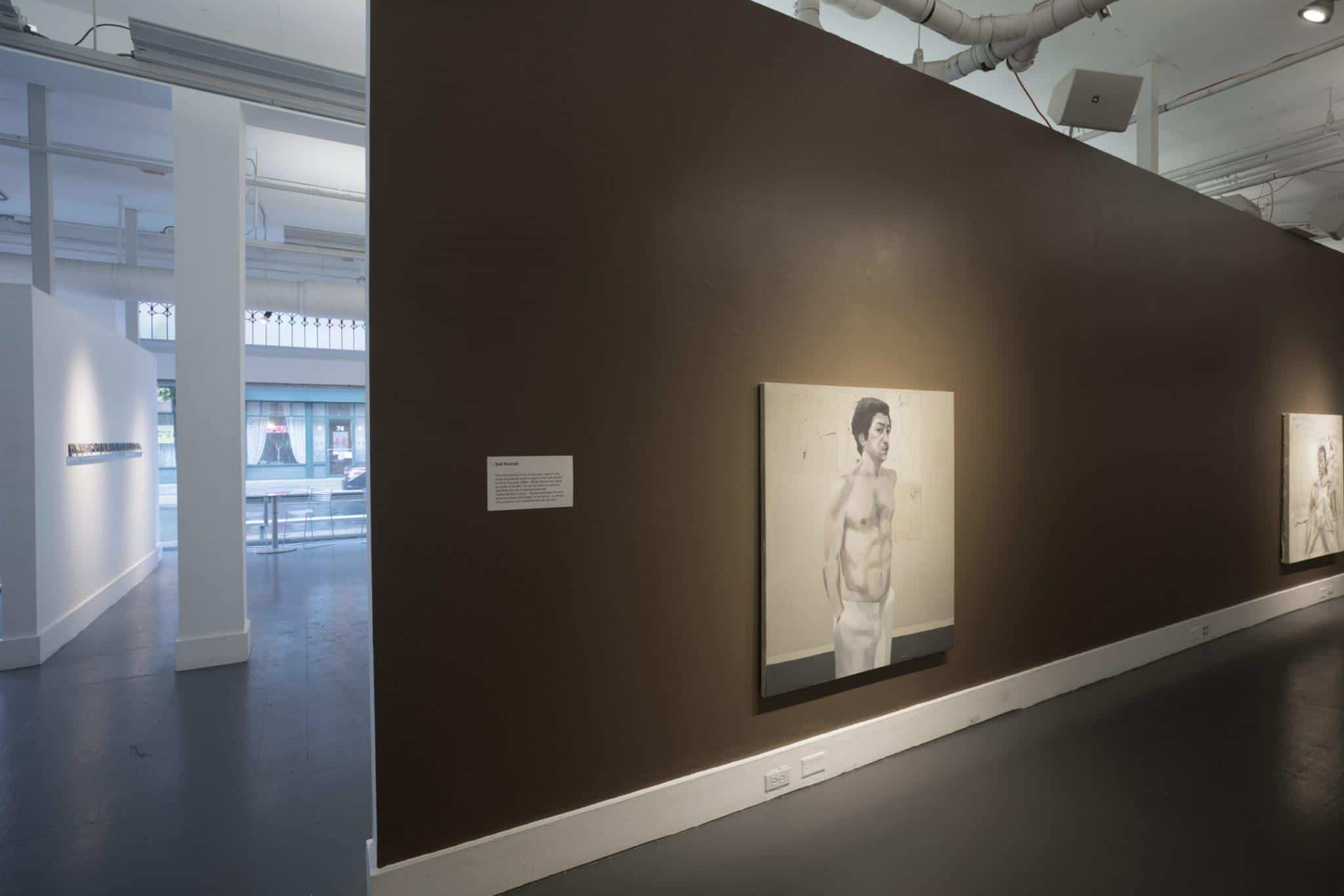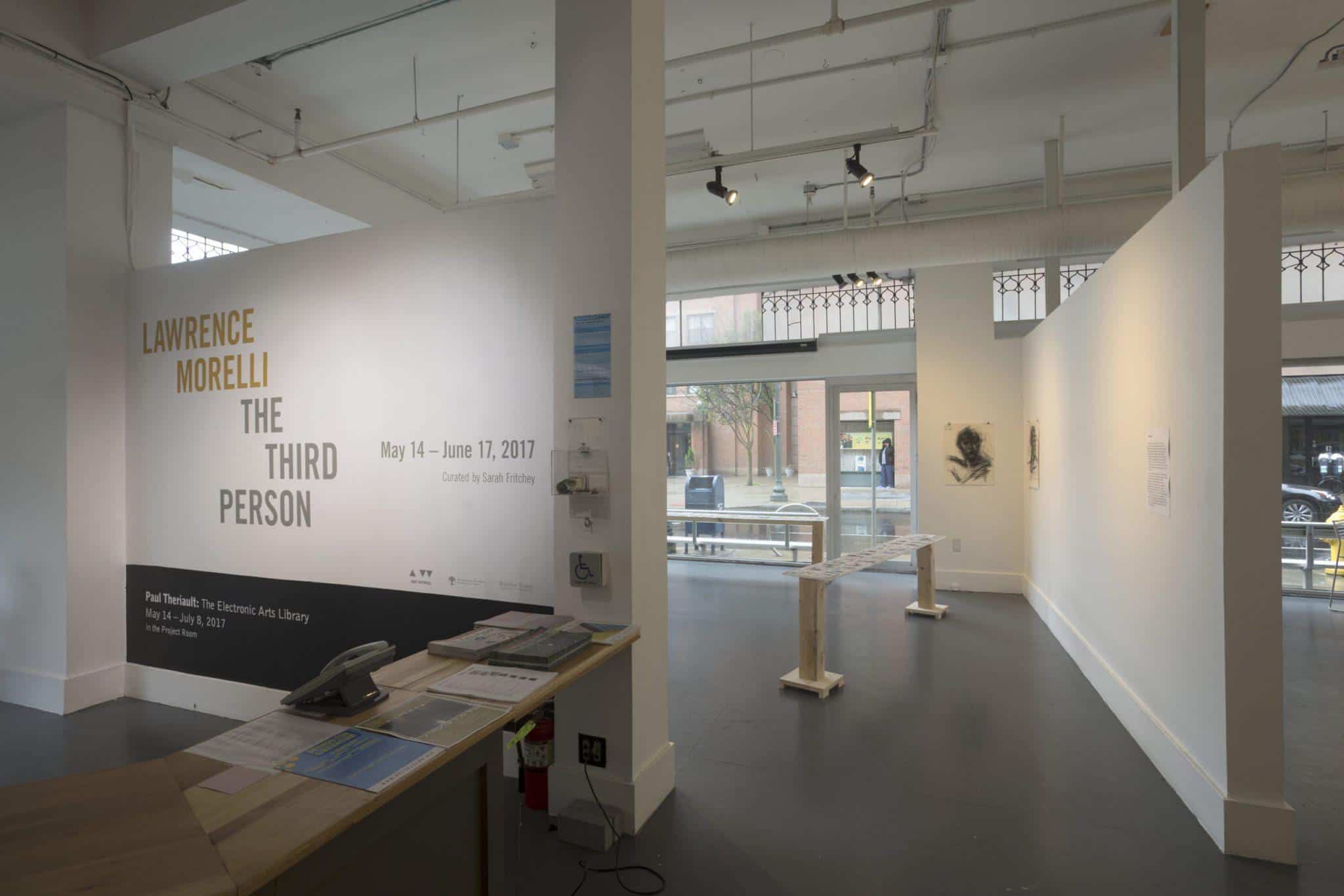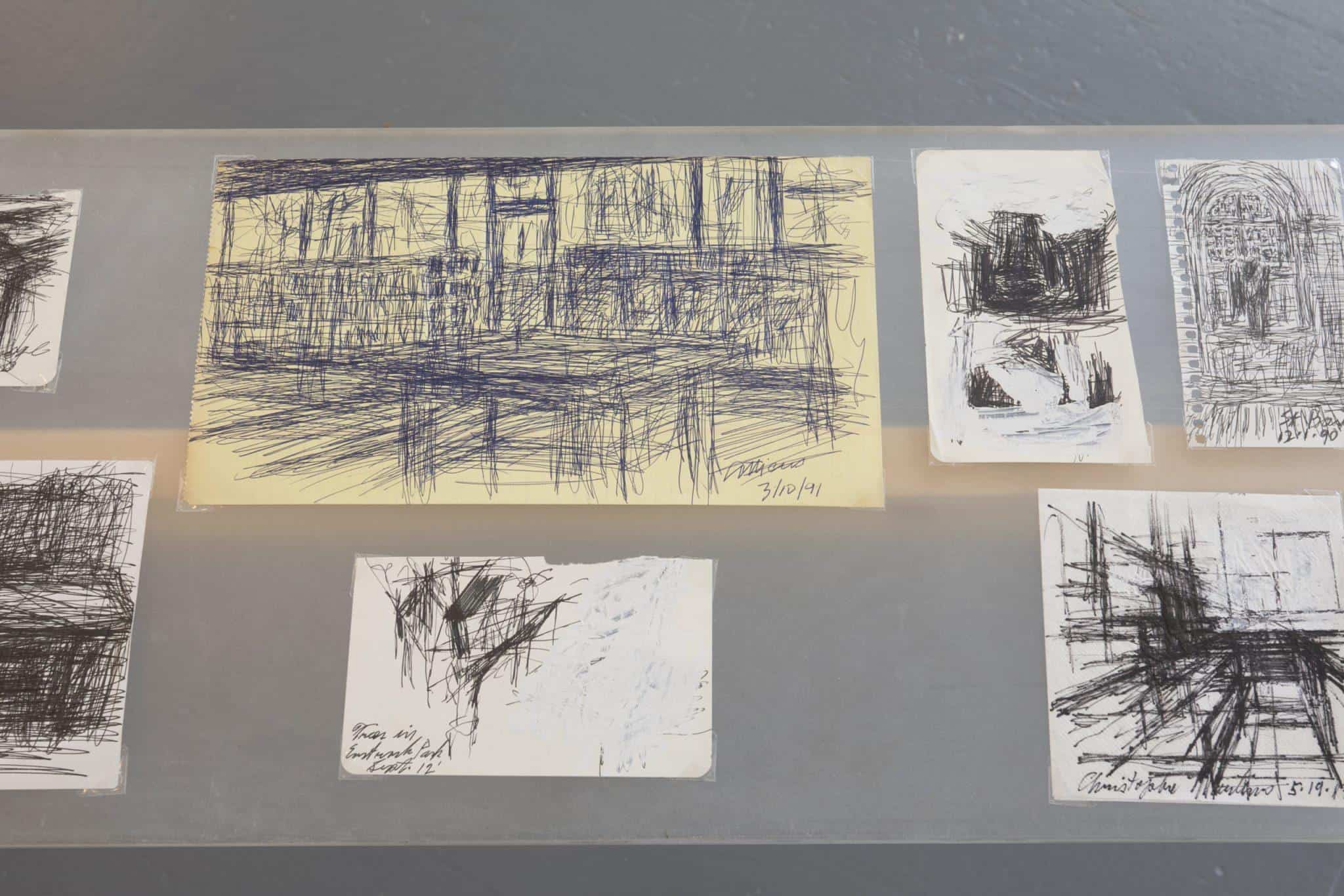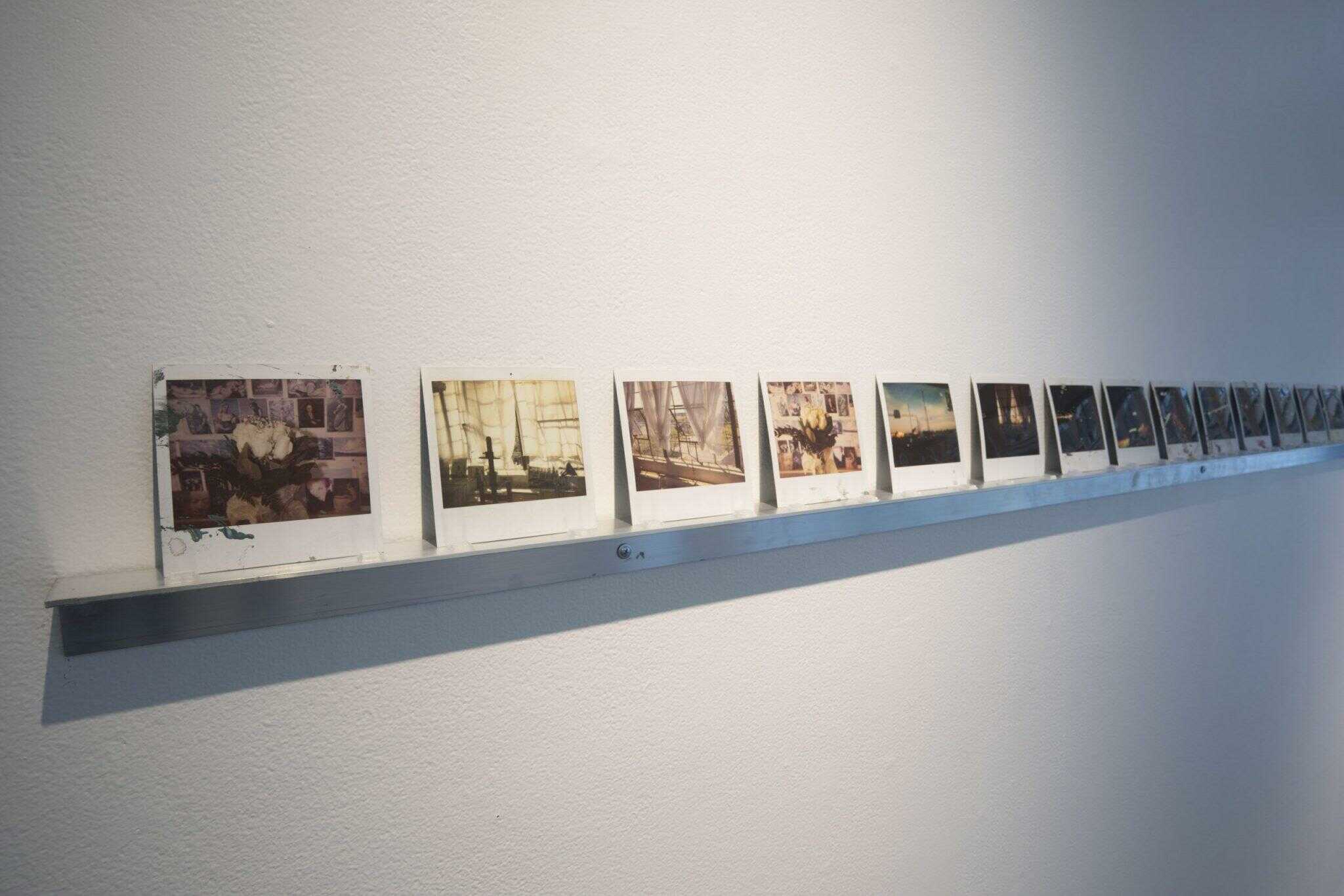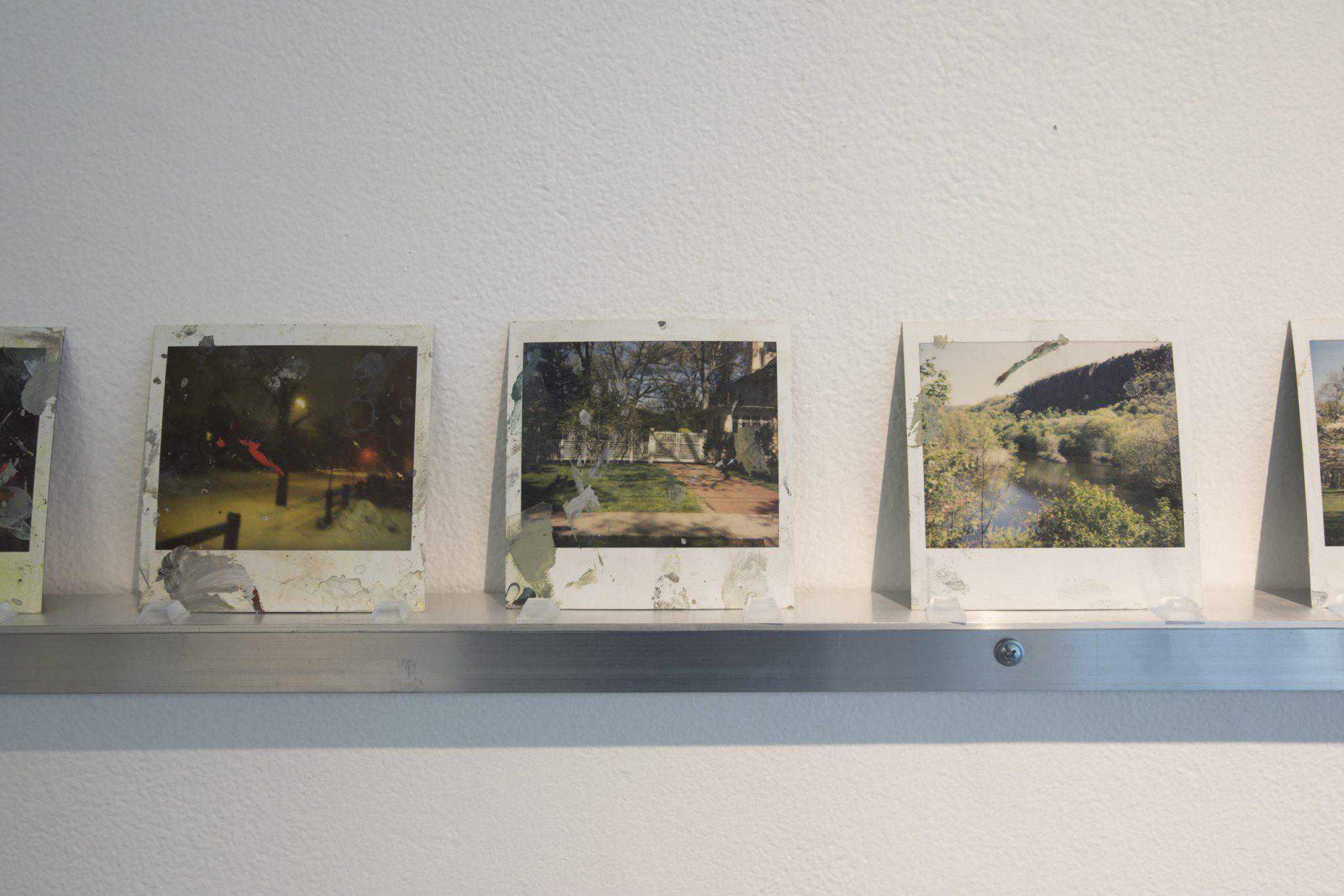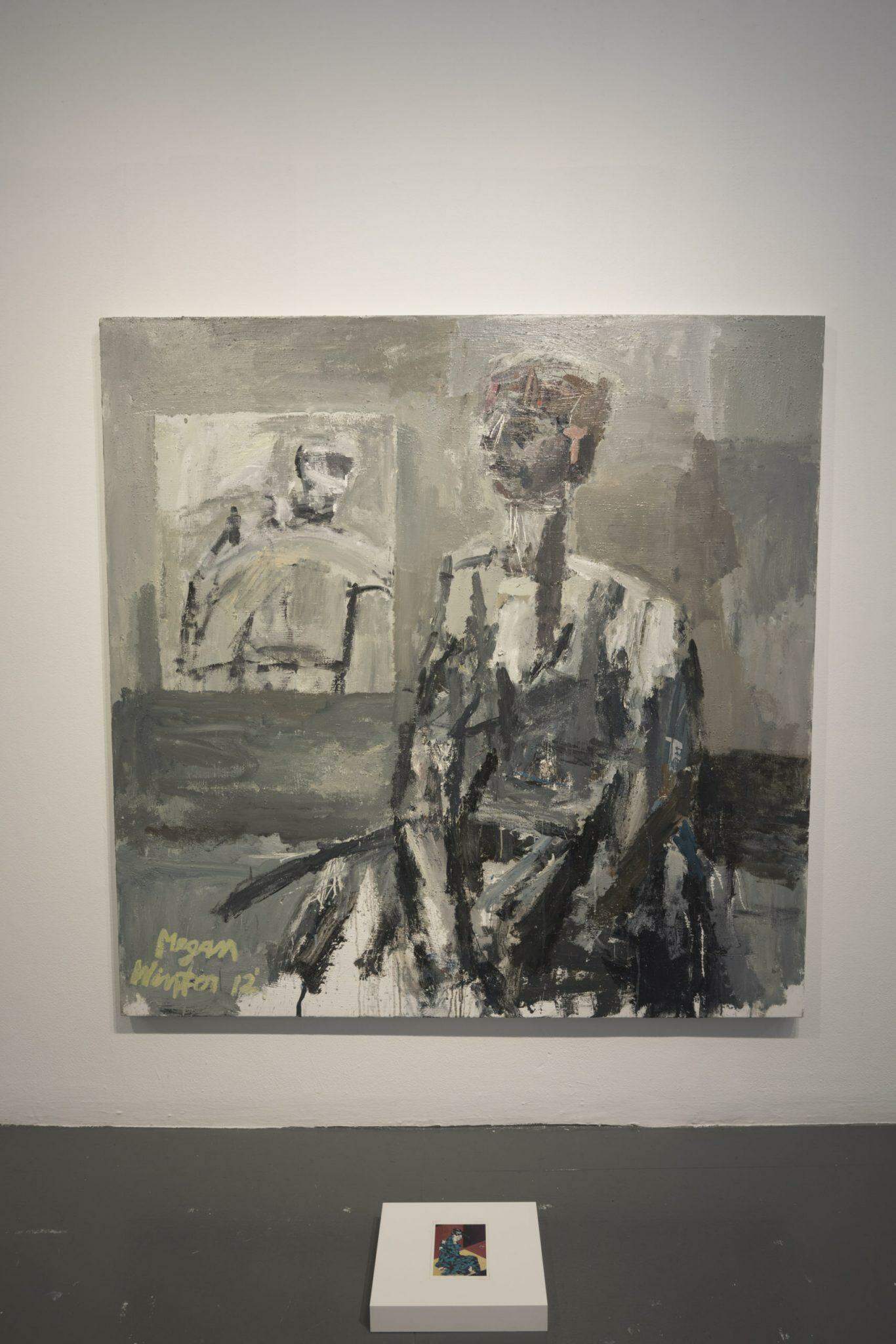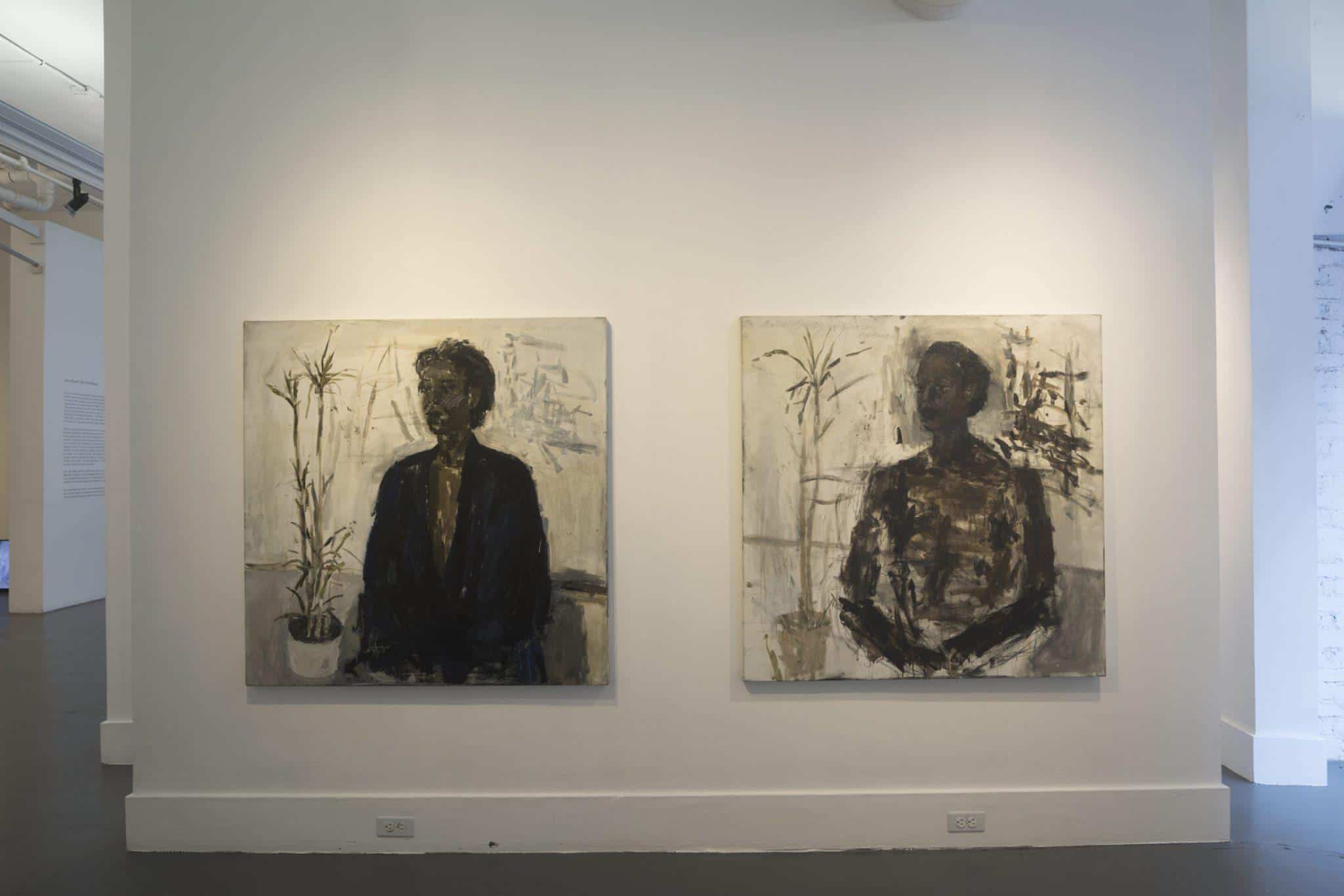
Lawrence Morelli: The Third Person
May 14—June 17, 2017
installation view of Larry Morelli studio.
“I can remember talking with Jennifer I would say,
We need a painter’s prayer Jen…
and I don’t know what it is…
but in this restlessness I’d say,
What do you want? What do I want?
and the answer would always come back,
I want something more.”
-Larry Morelli, (2017)
Artspace is pleased to present a solo exhibition of portrait paintings, drawings and Polaroids produced by Lawrence Morelli from 1980 to the present. While Morelli has worked as an artist for the entirety of his adult life, he has received little attention from art institutions or the mainstream press. This late-career retrospective presents his uncompromising devotion to painting from life and takes special interest in the long-term relationships has developed with the women he paints. The exhibition will feature interviews with Megan (Morelli’s model from 2008-13), Anneke (2016-present), and others who hold up an uncommon mirror to his practice. Select paintings will include recorded commentaries from Morelli and his models, who were interviewed on separate occasions before the show, and will come together through film. The juxtaposition of these strikingly different first person narratives explores painting from life as a uniquely co-authored activity, and allows the viewer to experience the encounter from both the painter’s and the model’s perspective.
Lawrence Morelli: The Third Person from Artspace New Haven on Vimeo.
Historically, the depiction of the female body in art has evolved from a nymph-like being looking into the heavens, to a body that looks back starkly at the viewer. This modern turn, which famously occurred in Édouard Manet’s Dejeuner sur l’herbe (1862) challenged the power of the viewer and shattered the notion that a painting was a window unto a fantasy world. In 1975, feminist film theorist Laura Mulvey renamed the concept of the gaze “the male gaze,” to emphasize the way in which images of women in film had historically been mediated by the masculine eye. Over the past 50 years, artists, curators and historians have worked to liberate the stereotypical portrayal of the female image in by exploring facets of female identity, destabilizing representational stereotypes and highlighting the work of artists of varying sexual orientations who render the female nude.
In 2015, artist Carolee Schneeman presented a lecture titled “The Speaking Muse,” which particularly inspired this exhibition. In the lecture, she criticized the position of Robert Morris, her friend and collaborator, in the performance SITE (1972). In the piece, Morris requested that she lie nude and silent in the famous pose of Manet’s Olympia, whilst Morris showed off his male virtuosity juggling white canvases above his head. Arguably, Morris devised the performance as a display of hypermasculinity meant to critique itself. However, Schneeman’s name was never included as a collaborator in the work. In retrospect she wished she had not agreed to the performance. For Schneemann, the inclusion of her body in an artwork is a method of empowerment, a mode of claiming her female sexuality, and an antidote to what she sees as a tendency of feminist art historians to discuss the erotic female body exclusively as a male construction.[1] This exhibition joins this ongoing project to create contexts in which women are the voices of their own bodies, and the body’s signifiers, actions, and ideas.
Morelli contributes to this project by making visible the presence of his models’ through the bold inclusion of their names in cursive paint on the front of his canvases. The interviews examine what a model expects from such a finished piece, as well as from Morelli, and the viewer. Most importantly, the interviews reveal the joint choreography that occurs during a figure painting session. At its core, this exhibition is an experiment in interpreting art objects through first person narratives, working to reimagine the painter’s studio as a place where artist and model bring the work to life.
[1] Schneemann, Carolee, Dan Cameron, Dan Cameron, Kristine Stiles, David L. Strauss, and Marcia Tucker. Carolee Schneemann: Up to and Including Her Limits. 1996. Print.

